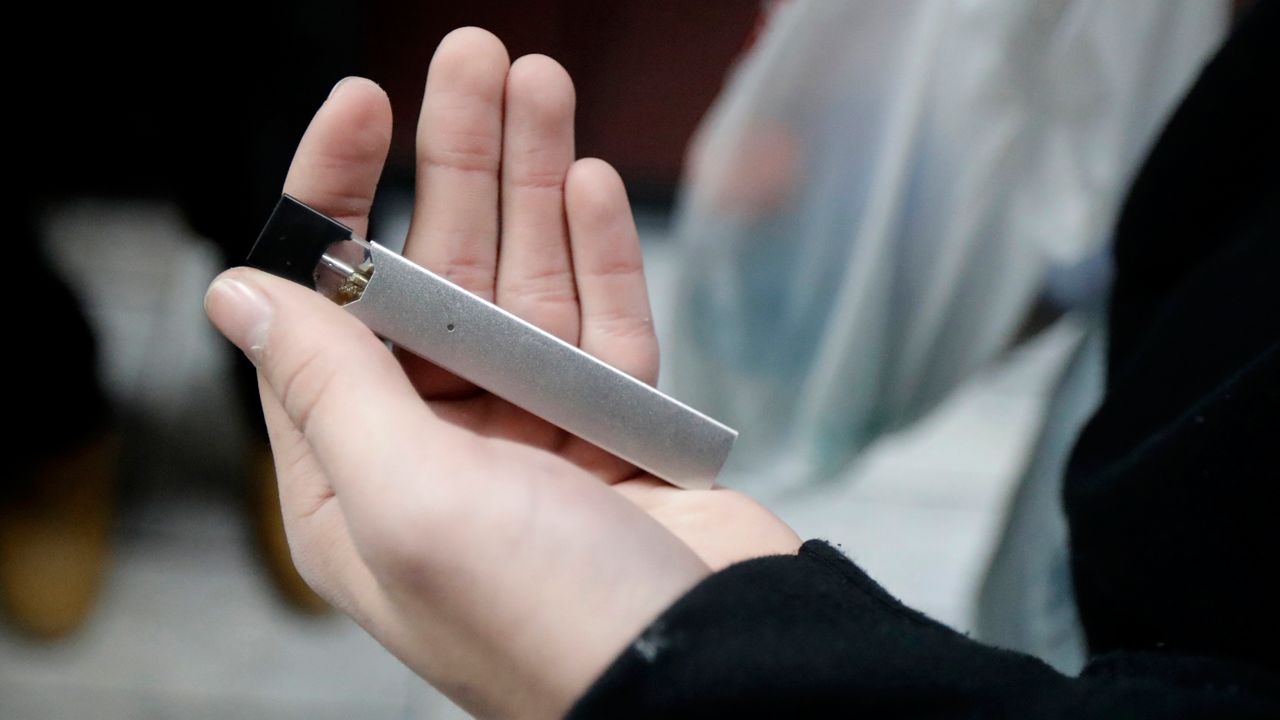For homeless people, for families fleeing abusive relationships, for those suffering from mental illness, for children aging out of foster care, there is a special form of housing in New York state called “supportive housing.”
These are typically apartment units that come with on-site services to help individuals and families who need them.
There are two primary programs in New York that fund this kind of housing: The New York State Supportive Housing Program, or NYSSHP, is the older of the two programs. There are 20,000 NYSSHP units. Unfortunately, 9,000 of them are holding on by a thread.
“It’s a shame, right?" Pascale Leone, CEO of the Supportive Housing Network of New York, told Capital Tonight. "The NYSSHP program was innovative when it came about in the late 1980s. Sadly, it hasn’t been funded to scale since.”
NYSSHP provides annual funding for services of about $2,900 for individuals and $3,900 for families. That funding doesn’t include rent.
One NYSSHP advocate wrote that “many NYSSHP buildings are one crisis away from going irreversibly into the red, and most supportive housing providers cannot continue to afford to pay for the buildings’ costs.”
"For many nonprofit building owners like us, it is not a question of if we will be able to keep these buildings as supportive housing. Rather, it is a question of how long we can afford to."
The second program that funds supportive housing appears to be thriving.
Under the Empire State Supportive Housing Initiative, or ESSHI, (pronounced EE-shy), each unit may receive up to $25,000 annually. The money covers both services and rental assistance. There is also a 2% built-in contract increase.
The state’s goal is to fund 20,000 ESSHI units. There are currently about 5,000 in use. Supportive housing advocates like Leone want to move 9,000 NYSSHP units under the ESSHI program umbrella.
“It’s about creating parity across the supportive housing programs essentially serving the same populations,” she said. “There’s no reason for this inequity.”
The cost of the switch will be $32 million annually over five years above the state’s investment in supportive housing.
“Some of NYSSHP’s buildings are centuries old,” Leone explained. “Because of the low rates, there is a lot of deferred maintenance, and so we have leaky roofs, we have elevators that are broken down.”







 Migrant Overcrowding Roosevelt Hotel CGPKG_127011620_739_1)


